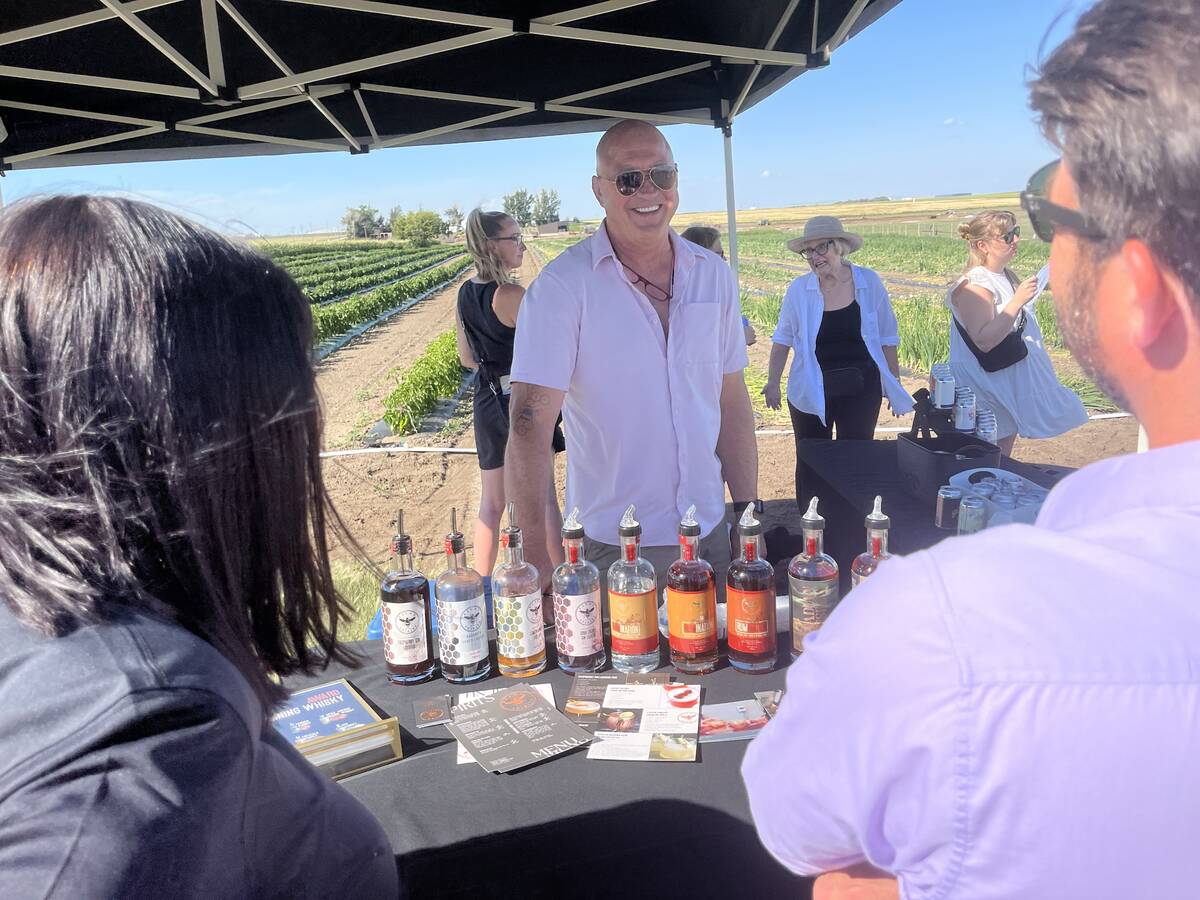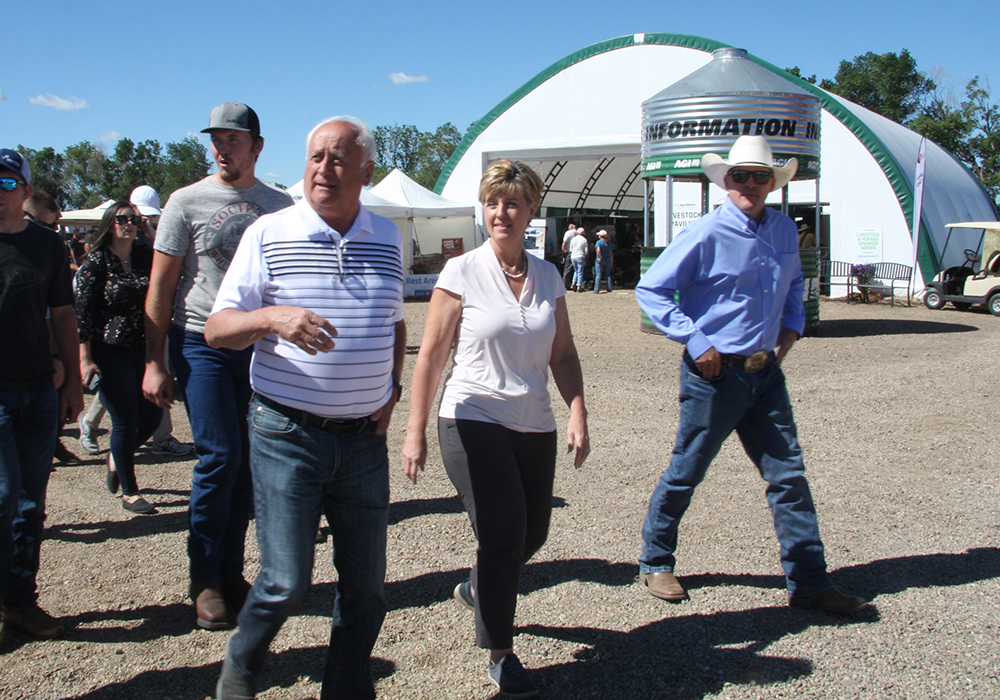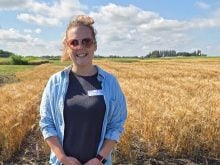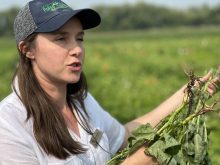SASKATOON — Farm organizations welcome increased funding in the next five-year agricultural policy agreement signed last week in Saskatoon but say they are concerned about environmental ties.
Federal, provincial and territorial ministers agreed in principle to the new framework that goes into effect April 1, 2023. The Sustainable Canadian Agricultural Partnership includes a $500-million boost to the cost-shared envelope, for a total of $2.5 billion. The amount funded solely by Ottawa remains at $1 billion.
Provinces had asked for the 25-percent increase for strategic programs. Saskatchewan ag minister David Marit said provinces will get flexibility to design some programs specifically for their producers.
Read Also

From farmer to award-winning distiller
Pivot Spirits showcases transition from farmer to distiller with provincial award-winning results in Alberta for Lars Hirch
Half of the new money goes toward the Resilient Agricultural Landscape Program, announced in the April federal budget, to recognize ecological goods and services.
“This program will pay a key role in rewarding farmers and ranchers for their environmental stewardship and contributes to the reduction of emissions from the sector,” said federal minister Marie-Claude Bibeau. “In fact, under this agreement we will achieve a three- to five-megatonne reduction in greenhouse gas emissions.”
As part of the deal, provinces agreed to move the compensation rate for AgriStability from 70 percent to 80 percent beginning in 2023. Bibeau said this represents a manageable annual increase of up to $72 million including federal and provincial contributions. Many farm organizations had been asking for the hold-out prairie provinces to agree to this change.
The search for a new AgriStability model will continue for another year with a view to making it “faster, simpler and more predictable,” Bibeau said.
The review will include pilot projects to examine how to integrate climate risk into business risk management programs.
Already, this agreement ties AgriInvest to environmental risk assessment, as ministers agreed that, to receive government contributions, producers with allowable net sales of at least $1 million must complete an assessment by 2025.
“Our vision for Canada to be recognized as a leader in sustainable agriculture aligns with the work of producers who are passionate about the health of their land and animals. This is how we help the sector grow and remain competitive,” Bibeau said.
The Canadian Federation of Agriculture said it was pleased with funding increases but concerned about linking AgriInvest to an environmental farm plan or some type of equivalent.
“The introduction of environmental obligations to risk management programming is a point of concern for CFA and we will be further assessing the implications in consultation with members,” the organization said.
Overall, CFA said the framework appears to include the programs the sector needs.
“While more investment is needed to harness the sector’s full potential, this is moving in the right direction to accomplish that goal,” said president Mary Robinson.
The Canadian Cattle Association said greater investment in research, risk management and environmental programs will help the beef sector deliver on its environmental and productivity goals.
CCA said producers look forward to being part of consultations on program details.
Ian Boxall, president of the Agricultural Producers Association of Saskatchewan, said there is a risk of losing the livestock industry unless the proper programs are developed.
Vice-president Bill Prybylski, who chaired an APAS task force on the next framework, said the environmental tie to AgriInvest is worrisome.
“AgriInvest is one of the most widely used business risk management programs in the industry and we had recommended keeping these programs separate from environmental initiatives,” he said. “Producers already comply with high standards of environmental protection and land stewardship.”
Alberta agriculture minister Nate Horner said he was less concerned about AgriInvest because most of the larger, innovative farmers should already have environmental plans. But he agreed with the adage uttered by many after the meeting: the devil is in the details.
In Manitoba, Keystone Agricultural Producers president Bill Campbell said the framework is a positive step.
“KAP will continue to work with government to meet climate targets and these remain a shared priority across our sector. We remain concerned with the increase in GHG reduction targets to three to five MT of emissions,” he said. “This will need clear and transparent data sources and measures, but we have yet to see which data and lifecycle analysis will be used to determine these targets.”
The ministers also received an update on the proposed grocery code of conduct and are expecting a final report in November. They discussed the labour shortage, trade, market access and supply chain challenges, as well as the latest developments in Ukraine.
To address domestic trade issues several provinces will be launching pilot programs associated with interprovincial food movement. One of those will be within Lloydminster, which straddles the Alberta-Saskatchewan border.
















